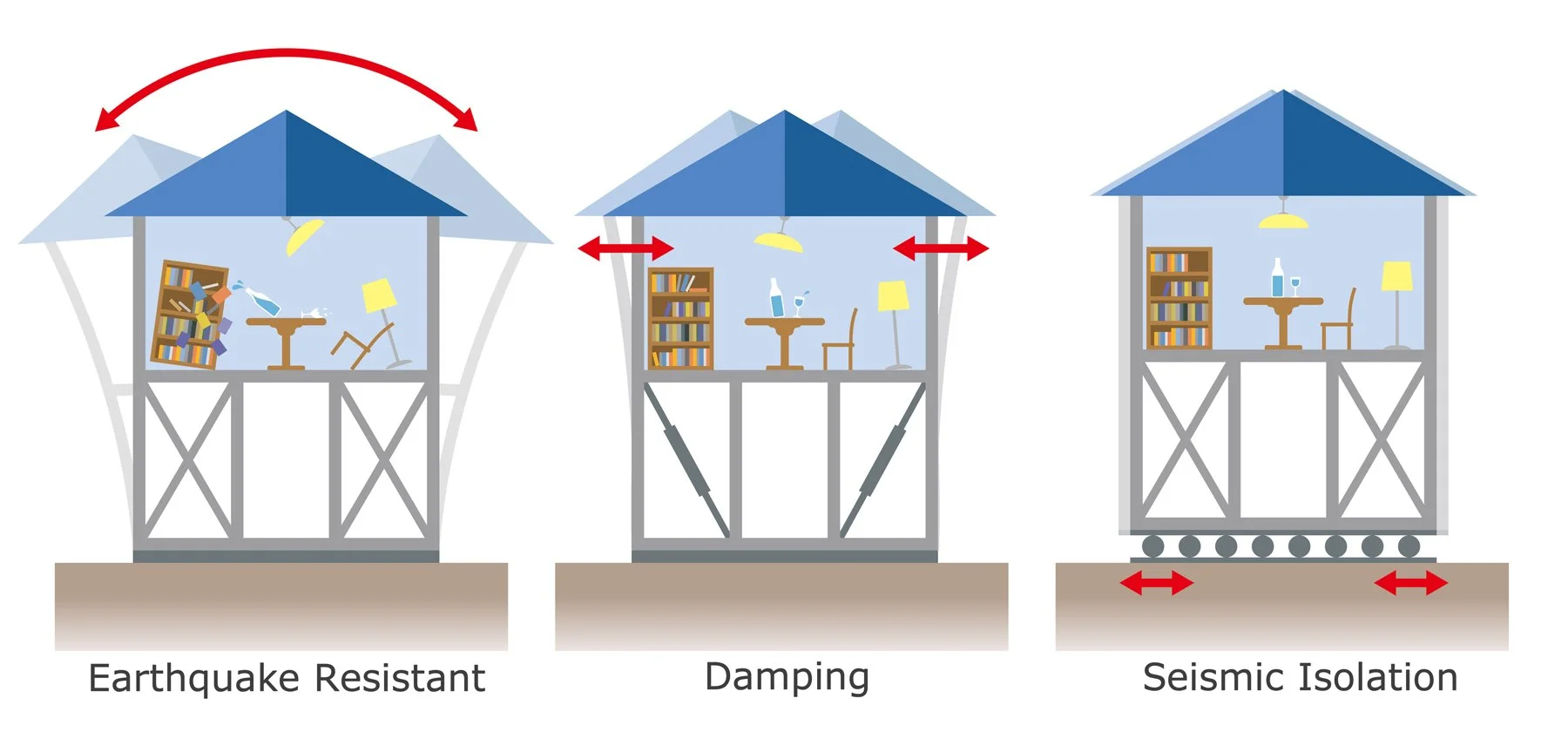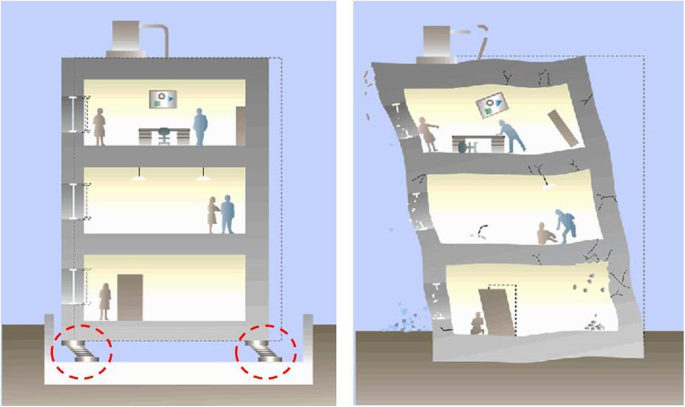Earthquake-Resistant Building Practices in Japan: Lessons for the World
Japan, a nation often referred to as the "Land of the Rising Sun", is equally renowned for its state-of-the-art earthquake-resistant building practices. With its position on the Pacific 'Ring of Fire', the archipelago has developed unique and innovative ways to address seismic threats. These techniques not only hold valuable insights for other earthquake-prone regions but also provide actionable steps for local governments around the world. Let's delve into Japan's methods and explore how we can adapt them globally.
1. Foundation and Base Isolation Techniques:
Japan's foundation techniques are legendary. One of the most impressive is the 'base isolation' method. Buildings are supported by insulators that can absorb and disperse the energy from ground movements. This ensures that the structure above moves minimally during a quake.
Lesson for the World: Developing and promoting similar foundation techniques, even if modified to local conditions and materials, can substantially enhance a building's survivability during a quake.
2. Seismic Bracing:
Japanese buildings frequently employ braces or shear walls to counteract the forces from an earthquake. These braces, made of materials like reinforced concrete or steel, can bear a significant portion of the lateral forces that might otherwise cause a building to collapse.
Lesson for the World: Incorporating seismic bracing in building codes, particularly for high-rise constructions, can reduce the potential for catastrophic structural failure.
3. Retrofitting Older Structures:
Japan has made it a priority to retrofit older buildings and bridges that don't meet current seismic standards. This proactive approach ensures that even decades-old structures can withstand modern-day quakes.
Lesson for the World: Prioritizing and funding retrofitting projects can ensure that heritage structures and older buildings remain standing and safe after a quake.
4. Early Warning Systems:
Japan’s Earthquake Early Warning (EEW) system is among the best in the world. It detects the initial, less damaging seismic waves (P-waves) to predict the more damaging secondary waves (S-waves), giving people crucial seconds to minutes to take cover.
Lesson for the World: Investing in early warning systems can save countless lives. Even if it provides just a few seconds of warning, that's enough for people to take protective measures.
5. Community Education and Drills:
Japanese schools and offices regularly conduct earthquake drills. From a young age, residents are trained on how to respond during a quake, which reduces panic and injuries during a real event.
Lesson for the World: Fostering a culture of preparedness through education and drills can ensure that communities respond more effectively during an earthquake.
What Can Local Governments Do?:
Revise Building Codes: Ensure that building codes are up-to-date with the latest seismic research and practices.
Promote Public Awareness: Organize public awareness campaigns about the importance of earthquake-resistant structures.
Provide Incentives: Offer tax breaks or other incentives to encourage property owners to retrofit older buildings.
Collaborate Internationally: Engage with countries like Japan to share expertise, research, and best practices.
Invest in Research: Support scientific research on local seismic activity and how best to mitigate its impacts.
In conclusion, while Japan's geography has made it a hotspot for seismic activity, its innovative approaches to earthquake resilience are a testament to human ingenuity in the face of nature's challenges. By learning from Japan's example, local governments worldwide can make their communities safer, more resilient, and better prepared for the inevitable tremors of our dynamic Earth.



